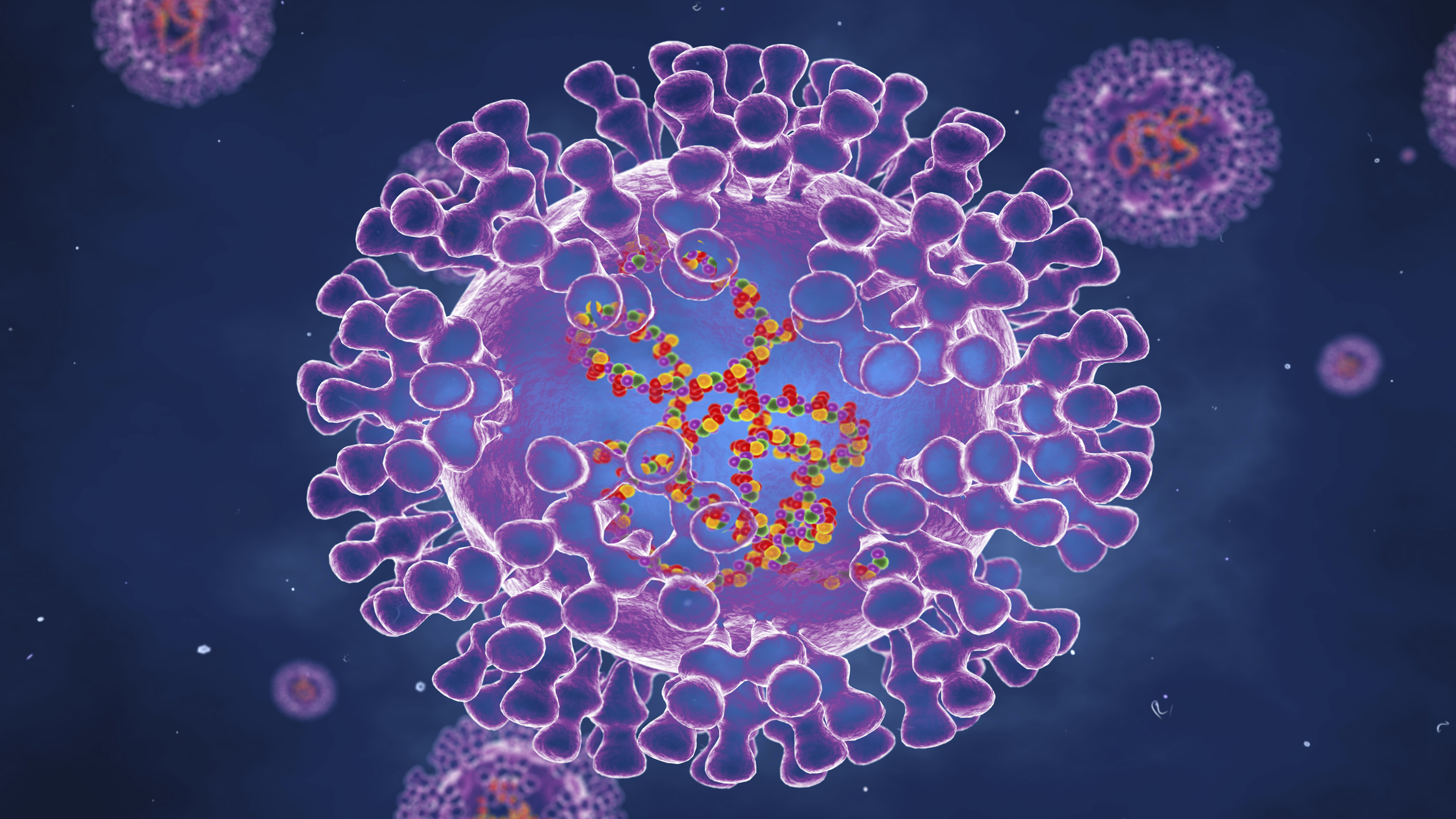Rare case of monkeypox reported in Texas resident
Patient is hospitalized in Dallas.

The first case of human monkeypox in the U.S. in nearly 20 years has been confirmed in a U.S. resident who recently returned from traveling to Nigeria.
The patient, who is currently hospitalized in Dallas, flew from Lagos, Nigeria, to Atlanta on July 8, and then flew on to Dallas, arriving on July 9, according to a statement from the Centers for Disease Control and Prevention (CDC).
Masks were required on the flights and at U.S. airports due to COVID-19, and so the risk of monkeypox spreading to other passengers or travelers at the airports through respiratory droplets is thought to be low, the agency said.
Related: 20 of the worst epidemics and pandemics in history
This is the first case of human monkeypox reported in the U.S. since 2003, when the virus caused a large outbreak after it spread from imported African rodents to pet prairie dogs, the CDC said. In that outbreak, the virus infected 47 people, according to NBC News.
Monkeypox is a rare viral disease that occurs mostly in remote parts of Central and West Africa, according to the World Health Organization (WHO). The virus lives in animals, including primates and rodents, but it can sometimes "jump" from animals to people, the WHO says. The virus spreads from person to person mainly through exposure to respiratory droplets, which can enter the body through mucous membranes in the eyes, mouth and nose. In addition, monkeypox can also be transmitted when a person has contact with infected lesions or body fluids; indirectly, a person can catch monkeypox from contact with contaminated clothing or linens, according to the CDC.
The monkeypox virus is related to the virus that causes smallpox, though monkeypox is a milder illness and does not spread easily between people, Live Science previously reported.
Sign up for the Live Science daily newsletter now
Get the world’s most fascinating discoveries delivered straight to your inbox.
People infected with monkeypox virus typically develop flu-like symptoms and swelling of the lymph nodes, which progresses to a widespread rash, with symptoms lasting two to four weeks. The strain of monkeypox identified in the current case has been found to be fatal in about 1% of people, the CDC said.
Though there is currently no safe treatment for monkeypox, to help control outbreaks in the U.S., smallpox vaccine and smallpox medicines can be used, the CDC said.
The CDC is currently working with airlines and health officials to contact passengers and others who may have been exposed to the patient during their recent travel.
Originally published on Live Science.

Rachael is a Live Science contributor, and was a former channel editor and senior writer for Live Science between 2010 and 2022. She has a master's degree in journalism from New York University's Science, Health and Environmental Reporting Program. She also holds a B.S. in molecular biology and an M.S. in biology from the University of California, San Diego. Her work has appeared in Scienceline, The Washington Post and Scientific American.









